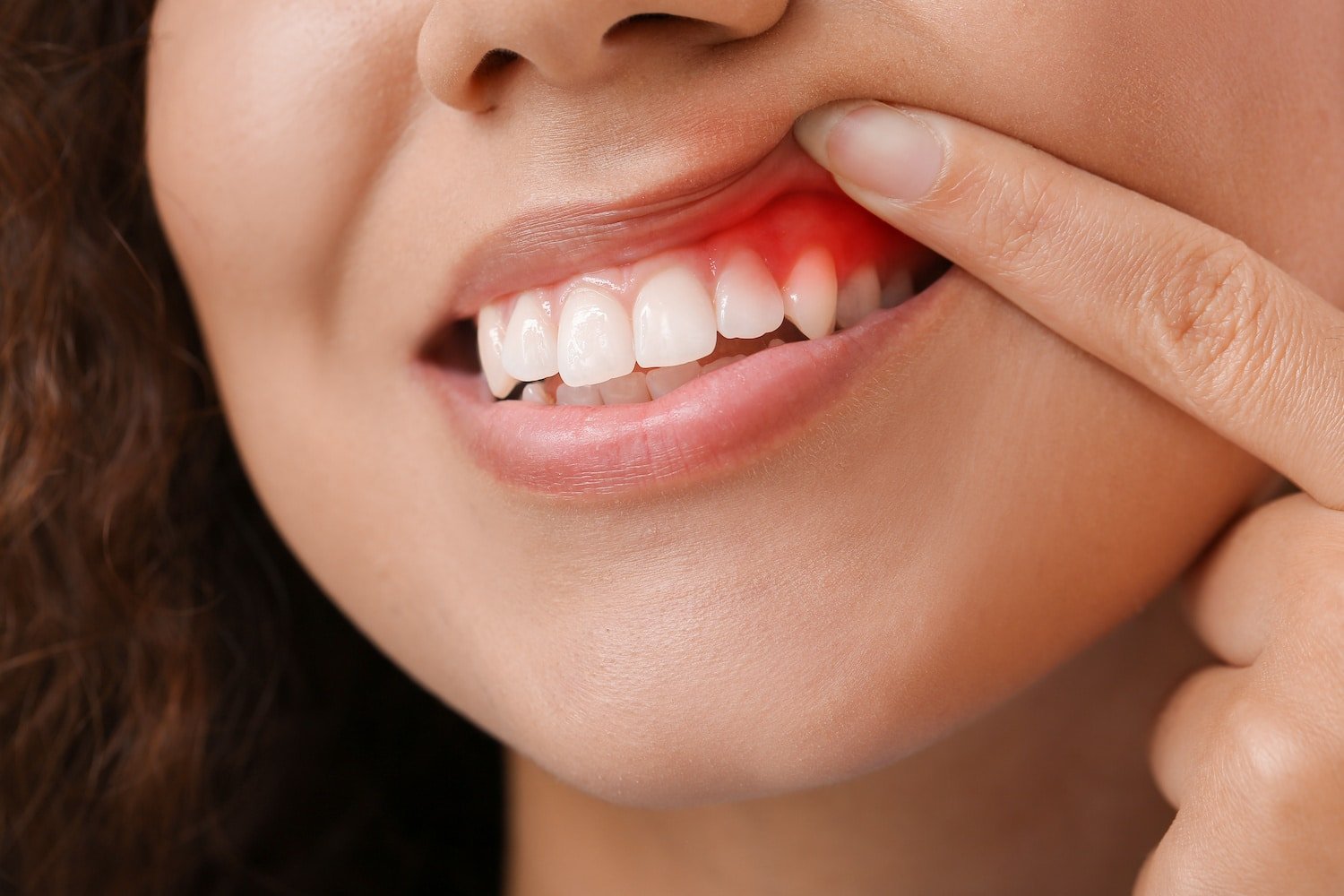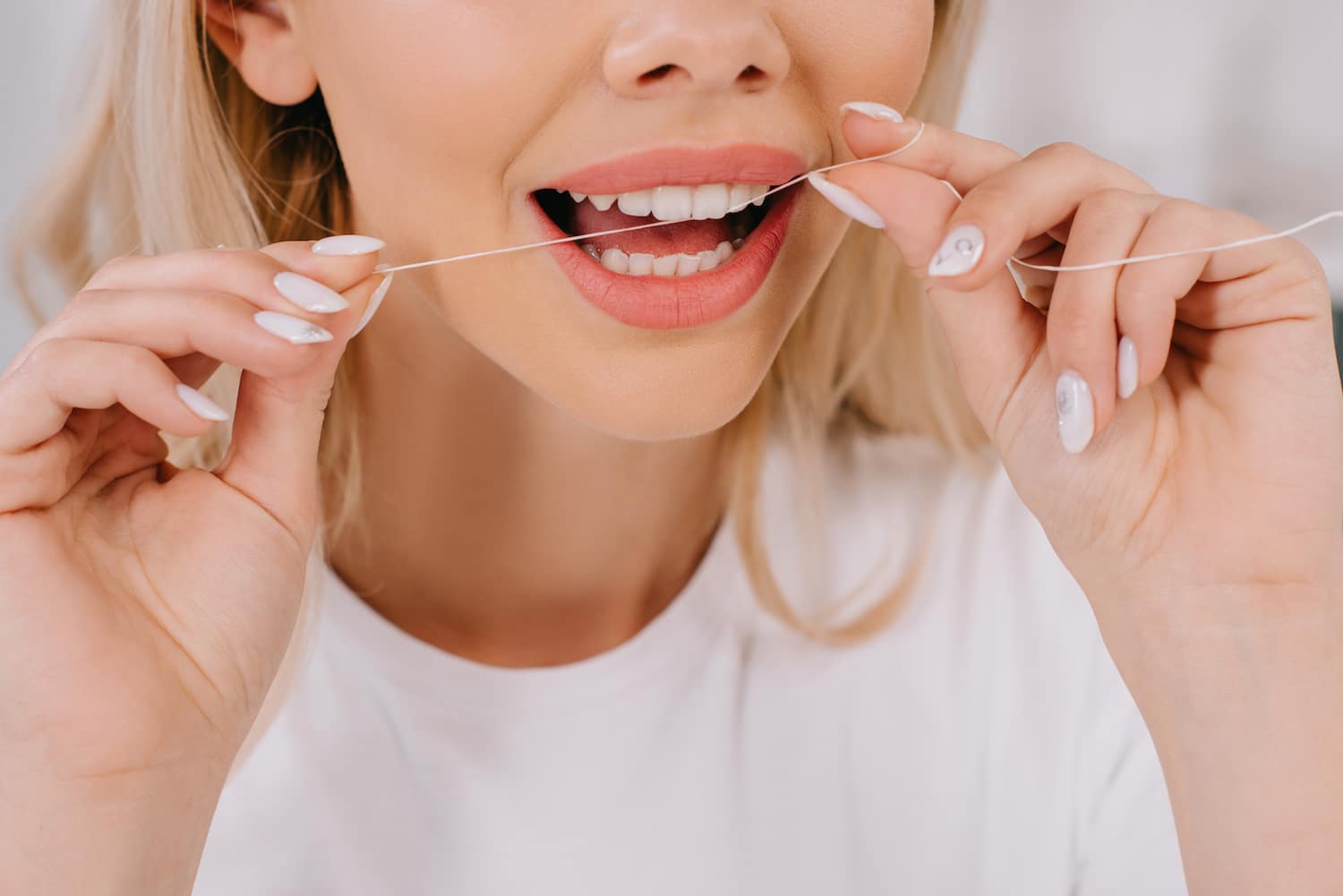Did you know that nearly half of all adults in the US over the age of 30 have a form of periodontal disease? Gum disease isn’t talked about very often, but it’s a serious issue that impacts a lot of people.
How do you know whether you’re at risk of developing periodontal disease? Sometimes, it’s preceded by gingivitis, and sometimes people develop periodontal pockets, or gum pockets, during the stage of mild gum disease. If you’re able to get a diagnosis early on, it’s very likely that you can deal with your gum pockets before they lead to more serious health concerns.
Keep reading to learn more about how to shrink gum pockets.
What Are Periodontal Pockets?
In healthy gums and teeth, there is a small space between the top of your gum tissue and your teeth; this space is usually between 1 and 3 millimeters in depth. However, if this space deepens further than 3 mm, it may be a periodontal (gum) pocket. Food and other debris can become stuck in these pockets, leading to bacterial growth and gum inflammation. Left untreated, they may even cause tooth decay and other bone loss.
Causes and Risk Factors
Gum pockets are primarily caused by poor oral hygiene, although there are several other factors that can pose risks as well:
- Use of cigarettes, vapes, and/or chewing tobacco
- Consuming a diet high in sugary foods or low in Vitamin C
- Chronic stress
- Dry mouth
- Hormone changes, particularly those associated with aging or pregnancy
- Certain cancer treatments
- Genetic factors or family history of periodontitis
- Other health factors, such as diabetes, heart disease, Crohn’s disease, and rheumatoid arthritis
Signs and Symptoms
Many of the early symptoms of gum pockets are similar to those of other forms of gum disease:
- Bad breath
- Swollen gums
- Bleeding gums
- Tender teeth and gums
- Loose teeth
- Sensitive teeth
If you’re experiencing any of these symptoms, you should consult with your dental professional, who will be able to formally diagnose any periodontal pockets that are present.
In addition to a visual examination, your dentist will also use a periodontal probe to measure your pocket depth. Any measurement above 3 mm indicates the presence of gum pockets, and any measurement above 5-7 mm indicates that advanced gum disease may be present.
Your dentist may also examine your gum tissue for signs of swelling and bleeding or to see if any pus is inside the tissue. In an area with a deep pocket, they might take an X-ray to determine if there’s any bone loss near the gum pocket.
How to Shrink Gum Pockets
Thankfully, developing a periodontal pocket doesn’t spell the end of your good oral health. There are several ways to reduce gum pockets naturally, in addition to other professional dental care options.
At-Home Treatments
If you have an early-stage periodontal pocket, your dentist will likely give you a professional cleaning to remove plaque buildup both above and below the gum line. Immediately, this should help to reduce inflammation and remove infection-causing bacteria. Then, you’ll need to take extra care to clean your teeth properly at home. In addition to a regular brushing and flossing routine, your dentist might give you an antibacterial mouth rinse to use for a few days. They might even place antibacterial gel directly in the gum pocket during your cleaning to get a jumpstart on the healing process.
Provider Treatment Options
For deep pockets, home treatments likely won’t be enough to resolve the issue.
Sometimes, a scaling and root planing procedure is all you need to get your gum health back on track. This procedure involves a standard cleaning to remove plaque and tartar. Then, your dentist will smooth the root surface of the tooth, which allows your gum tissue to reattach itself to your teeth. Ideally, this will close up the gum pocket, preventing further infection and tooth loss.
If this still doesn’t correct the periodontal pocket, or if bone loss has already begun, you might need flap surgery. A periodontist or an oral surgeon will pull back a section of your gum tissue to gain greater access to the periodontal pocket. Then, they will clean the area, remove damaged bone tissue, reshape the remaining bone, and suture the gum tissue back in place.
Depending on how much bone loss and tissue loss has occurred, this surgery may also involve bone grafting, tissue grafting, or both. Another potential option is guided tissue regeneration, as well as the use of proteins to encourage bone growth.
Prevention
As the saying goes, “An ounce of prevention is worth a pound of cure.” Most gum pockets can be prevented by practicing good oral hygiene at home.
First, brush your teeth twice a day with either an electric toothbrush or a soft-bristled toothbrush. Be sure to use fluoride toothpaste, which can help prevent tooth decay. Flossing at least once a day will remove food particles from the spaces between your teeth that your toothbrush can’t reach. Replace your toothbrush regularly to prevent bacterial buildup.
Second, eat a diet rich in healthy foods, including food high in vitamin C and low in sugar. Drink plenty of water throughout the day.
Finally, plan to visit your dentist regularly. Getting professional cleanings every six months will go a long way toward preventing the buildup of plaque and tartar on your teeth.
Take Your Health Into Your Own Hands Today
Periodontal disease is a serious issue. Dealing with gum pockets sooner rather than later will help you avoid negative long-term effects on your oral health.
If you’re experiencing any symptoms of gum pockets, reach out today to set up an appointment with Wayzata Dental. We’ll make sure you get the care you need!




